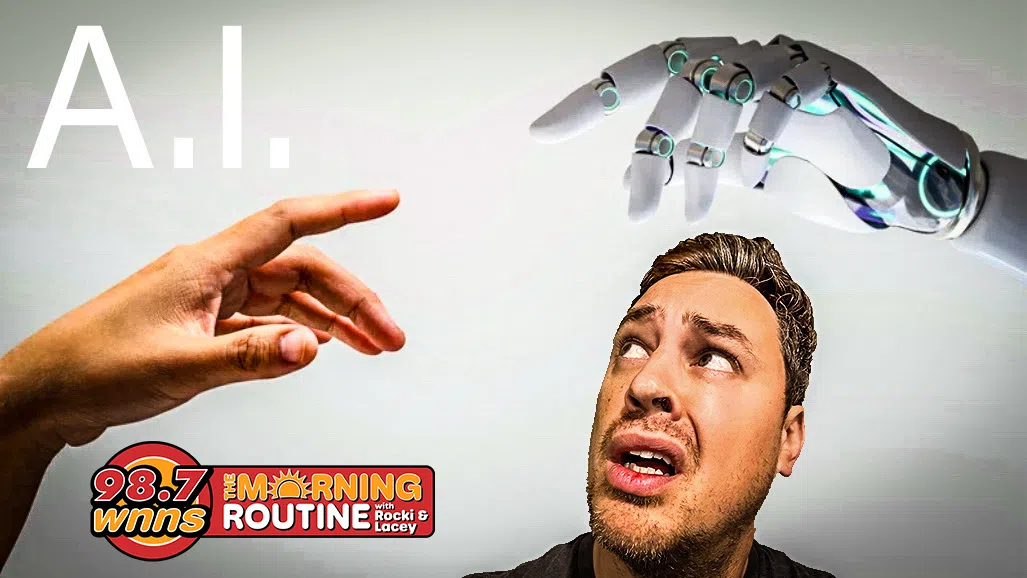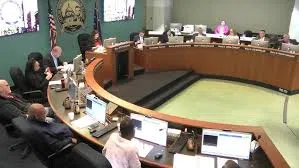In an age where artificial intelligence is becoming increasingly integrated into our daily lives, it’s no surprise that some people are turning to tools like ChatGPT for emotional support. But what’s surprising — and a little unsettling — is how AI is starting to play a role in marriages, breakups, and even therapy.
More individuals are opting to consult AI instead of seeking traditional couples counseling, and this shift is beginning to reshape the dynamics of romantic relationships. From communication to conflict resolution, AI is quietly becoming a third party in many partnerships.
How AI Is Entering the Relationship Chat
Some spouses are using AI in ways that would have seemed unimaginable just a few years ago:
- Ghostwriting arguments or breakup messages — letting AI craft emotionally charged texts.
- Venting to bots late at night — instead of opening up to their partner.
- Pasting transcripts of fights into AI — seeking validation or clarity.
- Leaning on AI for emotional support — when they feel unheard or disconnected at home.
The Risks of Replacing Human Connection
Therapists caution that AI lacks the ability to fully understand context, nuance, and emotional depth. It mirrors patterns from its training data — which can sometimes reinforce biases or make someone feel “right” even when they’re not. This can escalate conflicts or deepen misunderstandings.
Some counselors are beginning to see AI show up in therapy sessions — either as a tool for reflection or as a kind of “third voice” in the argument. But the bigger concern is that people may start relying on bots instead of engaging in the messy, vulnerable work of real human connection.
As one therapist put it:
“ChatGPT can’t fix your marriage — but it might just help end it.”
A Tool, Not a Substitute
AI can be a helpful resource for self-reflection, journaling, or even practicing communication. But it’s not a substitute for empathy, compromise, or the emotional labor that relationships require. If anything, its growing presence in our personal lives should prompt deeper conversations about how we connect — and what we might be avoiding.







